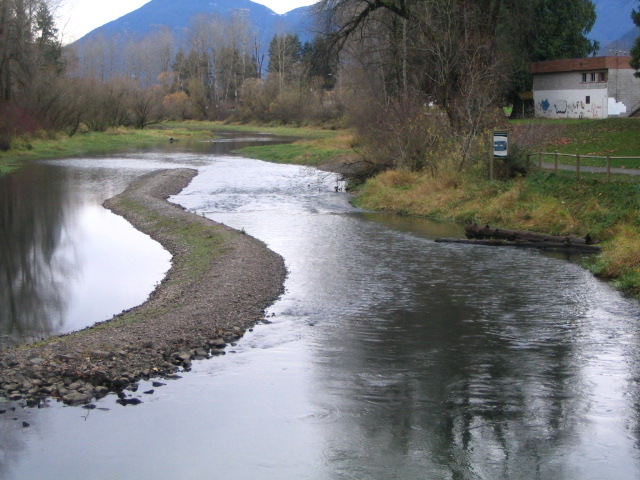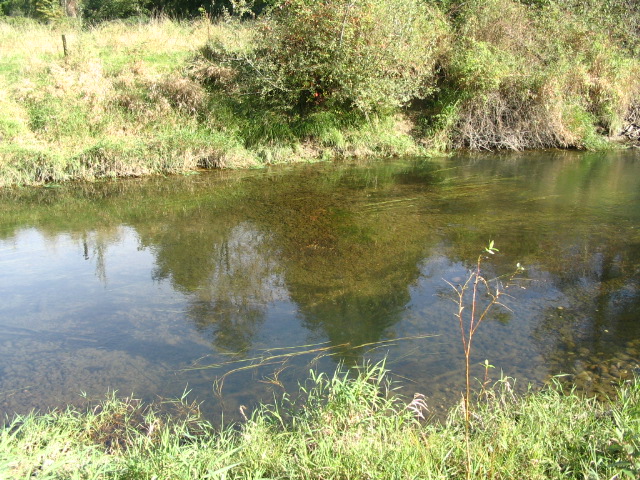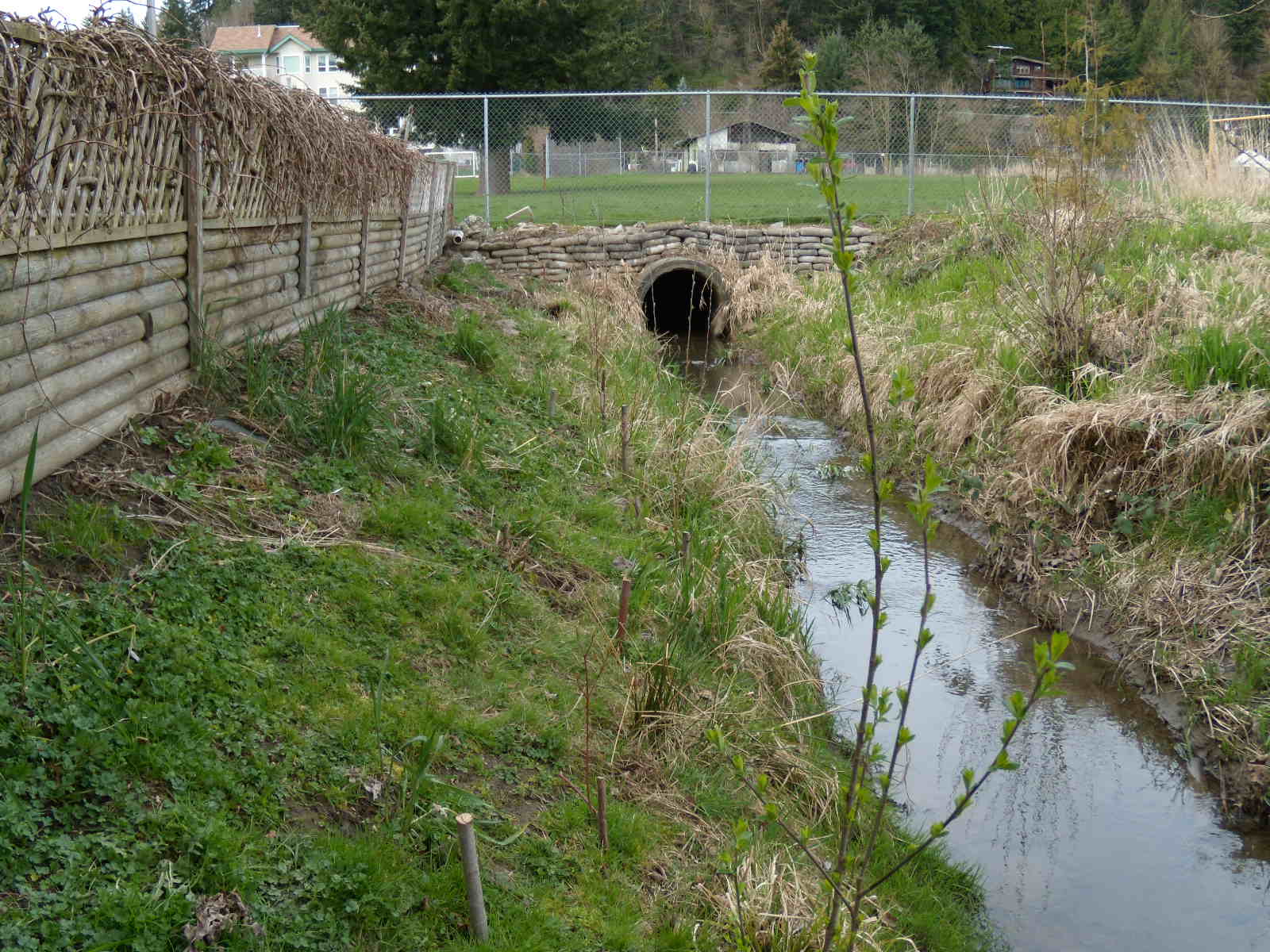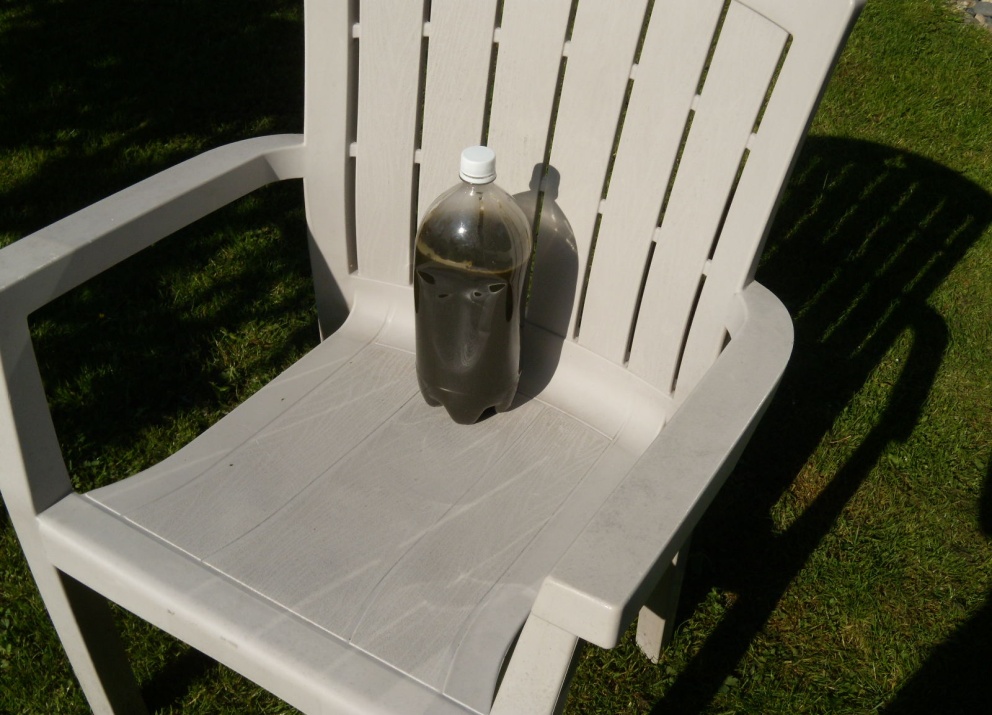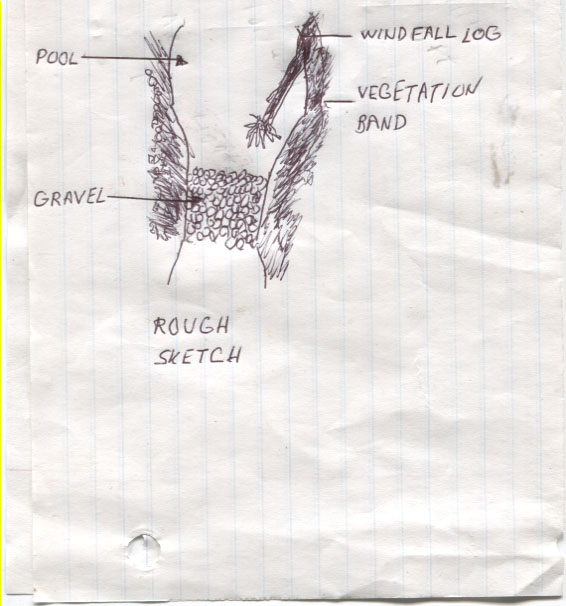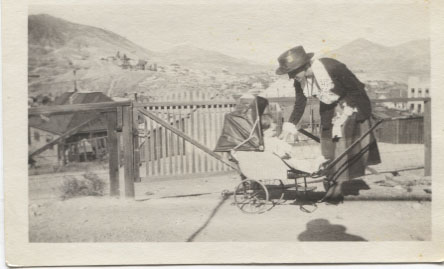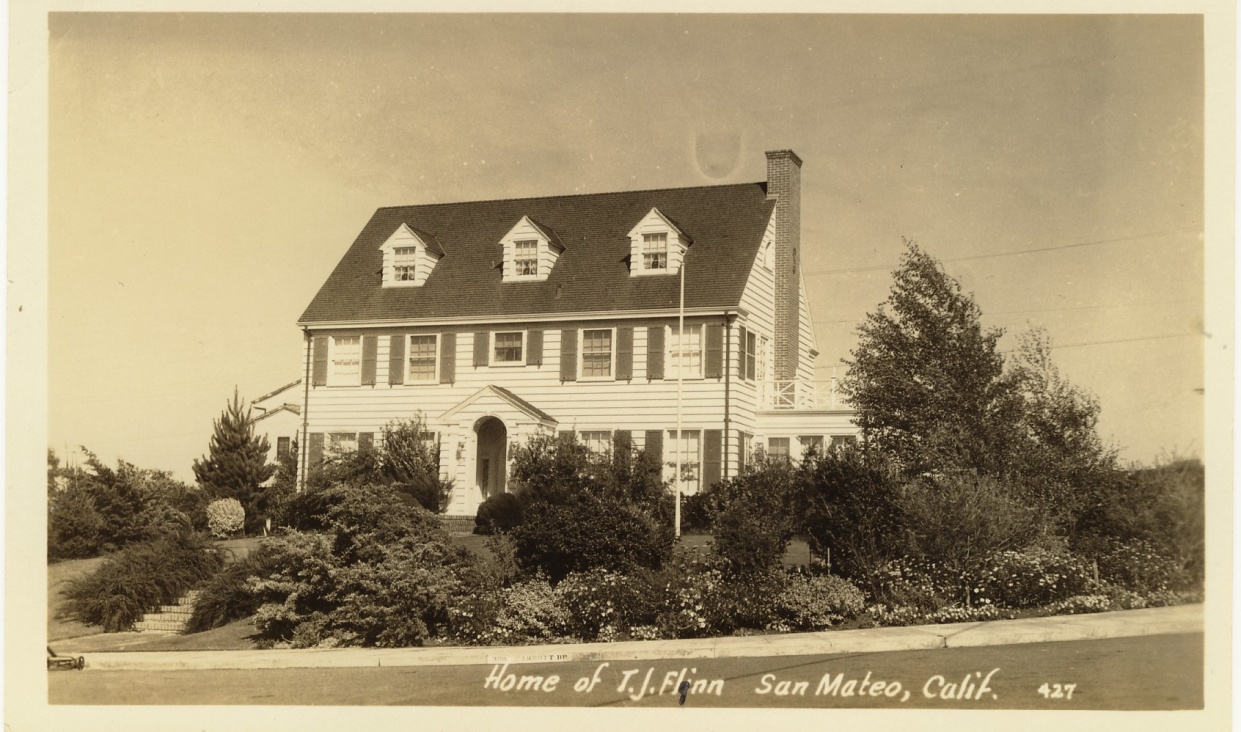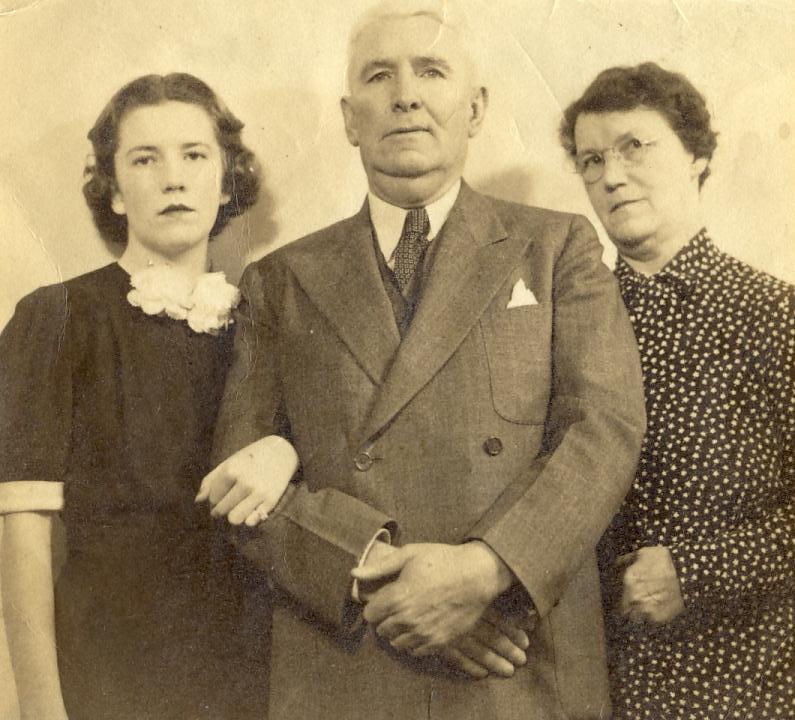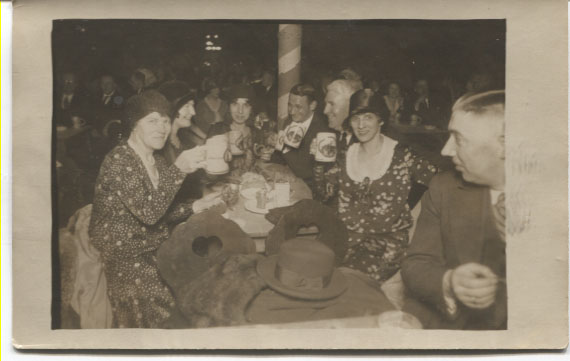GOLD RIVER STEELHEAD ON THE ROPES
A recent report published in the Narwhal explained that a recent snorkel count of Gold River winter steelhead FOUND NO FISH.
This has never happened before. Former counts range as high as 900 plus (no counts were ever made when steelhead were really abundant) but after 2017, they have dropped to next to nothing (1-4 fish). In a river like the Gold which features some huge, deep pools and some rough water, some fish could have been missed but certainly not many. In the last forty some years, snorkel surveys have proven to be a solid method of enumerating salmonids and biologists have gained a huge amount of experience with the method. So many people were dismayed by the report in the Narwhal. BC steelhead have been in trouble for decades but there always seemed to be hope. Hope because rivers like the Gold are strong and well constructed. Of all the Island streams, it seemed to have the best chance of holding on. For decades biologists have believed that the most significant issue for steelhead production was the rapid logging that occurred mainly prior to the 1970’s. Many watersheds were scalped utilizing some very destructive methods and during some risky times of year. Big time logging on the Gold really didn’t even get going until the 1960’s. There was no town of Gold River until then. Tahsis Company, a branch of the huge East Asiatic Company based in Denmark started up by building a pulp mill near the Gold River estuary and logging in the watershed. Gold River was an instant town that didn’t exist until 1965. It was built on prime deer and elk winter range that was also a good locale for humans. The town ramped up to more than a thousand people by 1968 and everyone was happy. 1968-69 was the big winter on Vancouver Island and people got so snowed in or plagued by cabin fever that they resorted to wife swapping until the sun and green came back. I know this because two of my friends from Nelson worked in Gold River that winter so I received some pretty detailed summaries of the action while guzzling beer at The Gold River Chalet.
Pacific Logging also had a hand in the Gold along with Elk River Timber.
Steelhead angling also started to uptick with the town. Delta Hotel even had expert steelheader Tim Timmons hired on as a permanent guide for hotel guests. Tim had very good knowledge of the Gold and Heber Rivers and I am convinced that he knew every summer steelhead lie in the Heber. Fishing was so good that pioneer biologists Dave Hurn and Bob McMynn caught 100 steelhead at the Gold-Heber confluence and held them in a pool they created on a bar there for 24 hours to assess hooking mortality. Most of the fish survived and the pool became known as the Century Pool. This happened in 1961.
On my first cast on the Gold, a fish followed the fly right to my feet before turning back to deep water. It was a bum cast and I wasn’t ready. I soon hooked another and had several more plucks at the fly.
That’s the way it was then. Highly experienced steelheader Barry Thornton considered the Gold to be the finest wild steelhead river in BC. The BC Fish and Wildlife Branch estimated steelhead returns to be in the three to five thousand range in the 1970s. Clearly, this was a special river. In the January 1984 issue of BC Outdoors, Alex Blake reported on a trip he and two other anglers from Coquitlam made to the Gold. In three days, they hooked and released 22 big winter steelhead. Now? Nada…
How could it fall so low? My own experience with the logging was that it was nowhere near as bad as it was in some other Vancouver Island basins. In my first encounter with the Tahsis Company, Dick Kossick their forester told me how he had a difficult time getting them to think long term. He had set aside some good low elevation timber for winter shows only to have the company cream it in the summer which forced the company to log less suitable areas in the winter. The Oktwanch River may have been the victim of this shortcoming. The Oktwanch is what I call a poorly confined river. It has a rather wide channel that is easily distracted by disturbance. It was winter logged just before my time and became unravelled during peak flow events following logging. Now the channel is over loaded with bed load and parts dry in the summer.
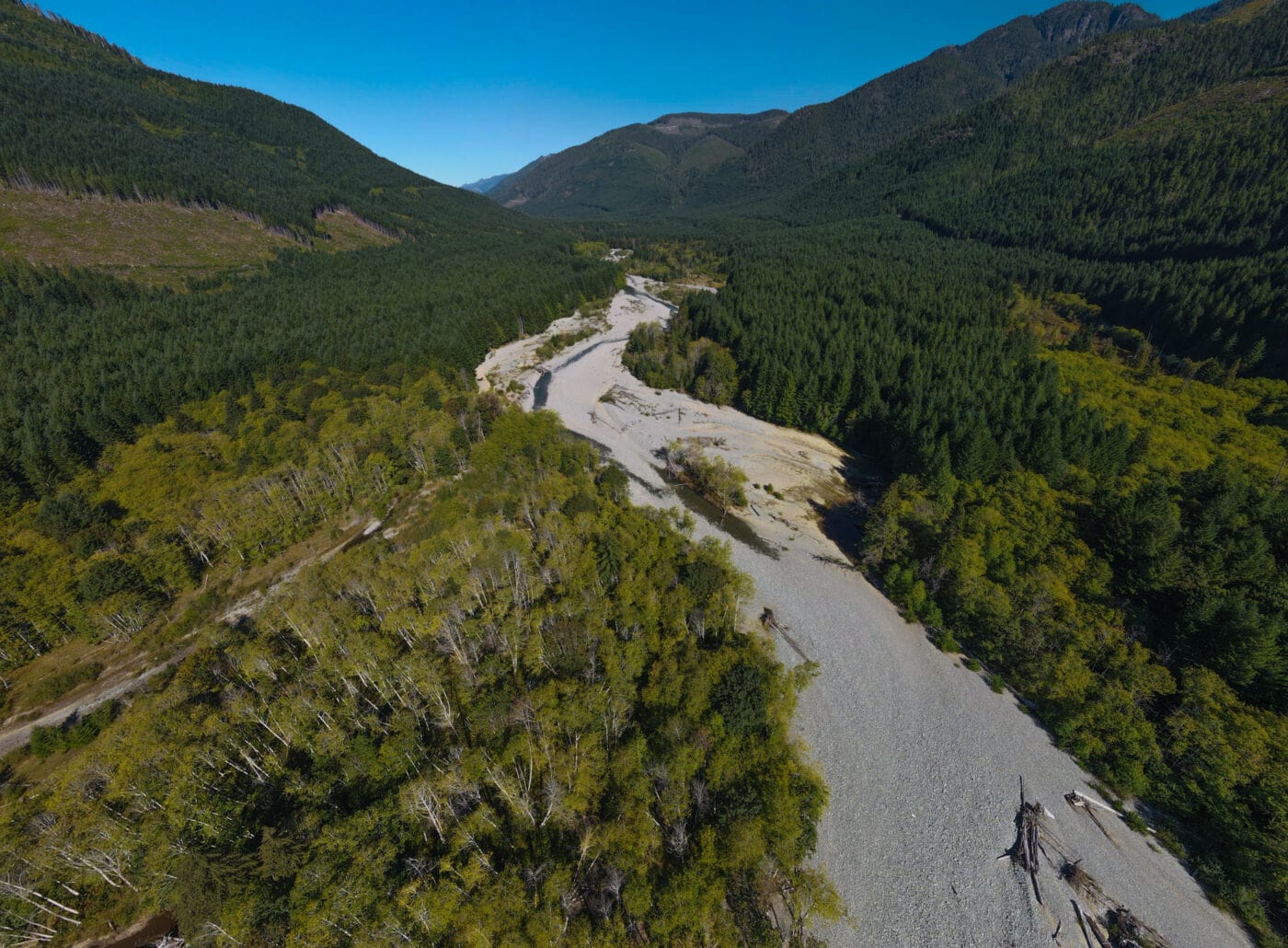
Oktwanch River lost much of its integrity following logging in the late 1960’s
But the Oktwanch enters Muchalat Lake which absorbs its impacts and buffers the Gold. Some other parts of the basin also suffered unduly. I once found the company washing the sediment off a newly constructed road surface by diverting a creek down the road for some 30 meters before it entered the Upana River.
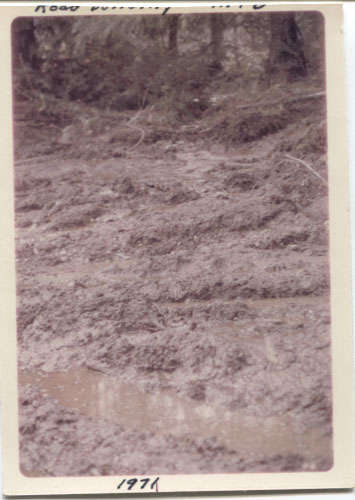
A rough road surface ready to be washed
This road became the Tahsis Road. I let a sample of silt from this event settle out in a graduated cylinder and found the sand and silt were 100,000 parts per million. About as high as can be found. There were also some issues on some Heber tributaries like Saunders Creek and the creek beside Elk River Timber’s Branch 80 called Camel Creek. (Elk River Timber also logged part of the Heber Basin).
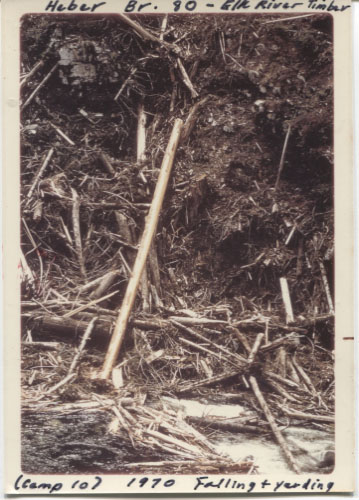
A Heber River tributary called Camel Creek logged by Elk River Timber – debris and yarding damage
Because I haven’t been around the watershed for over twenty years,I recently performed a cursory overview of the watershed via Google Earth. My judgement is still the same: although there are places where it could have been done better, there are no obvious wounds that could have led to river degradation on the scale that steelhead would fail. But it still remains that a lot of the watershed has been logged and roaded and there has to be a cumulative impact. Death by a thousand cuts? It also evident that climate change is having an influence in the river and at sea. The monsoon like rains often called The Pineapple Express because they originate far to the southwest around Hawaii, seem to be much more common of late and they can have serious impacts on instream steelhead survival especially incubating eggs and over wintering juveniles . Warmer and drier summers also take their toll. To top it off, there is now a fish farm near the Gold River estuary.
Ocean survival is also becoming a stronger factor. Temperatures at a station off Washington have increased by 2.7 degrees centigrade over the average. A warmer ocean is hard on salmonids because predators from the south become involved and warmer seas hold less plamkton. Ocean smolt to adult survival of Keough River steelhead has fallen from 15 to 4 % since 1990.
There may be a solution to logging impacts. In the early 1990’s, I prepared a report for the then Ministry of Environment that delineated what were termed Recreational Fishing Corridors. They covered a broad swath of streams including the Gold. The corridors don’t just protect access and aesthetic considerations, they also protect Fisheries Sensitive Zones like over steep ravines, zones of instability and highly riparian areas possibly subject to flooding. The zones would cover all aspects of development, not just logging.
I have been unable to follow up on the fate of the corridors to any degree but after moving to Port Alberni in 2017, I was shocked to learn that a big house was built right on the trail to Money’s Pool. When I found out why I was told that the ministry was reluctant to apply the corridors to private land and most regional district planners are not much concerned with matters to do with fish protection which is very unfortunate.
But according to The Narwhal, there may be others who are certainly interested. The Nuu chah Nulth Tribal Council has proposed the idea of Salmon Parks as a means of protecting salmon streams. Much of their assessment work may already be done via the Recreational Fishing Corridors. But the heavier part of the work is having government and industry accept them. The Forest Companies will argue that they have improved their act markedly which is certainly true. But they are going to have to get even better if we want to keep steelhead and salmon around.
Ted Burns, December 21, 2020
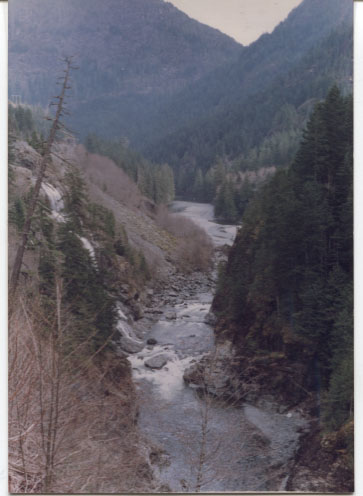
Unlike the Oktwnach, the Gold is a strong river well put together
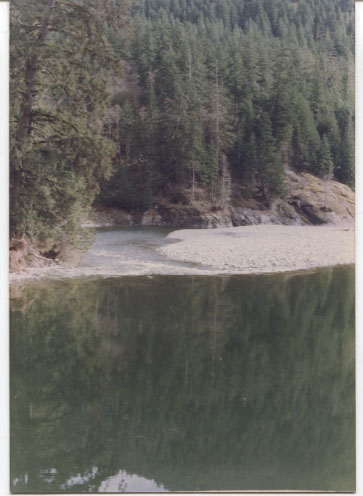
Part of the Lower Gold. Increased bed load is starting toe show up (1990 photo)
